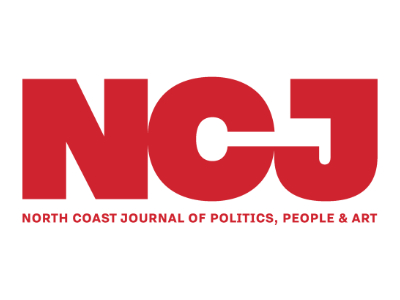
A joint effort between local tribes, Cal Poly Humboldt’s Schatz Energy Research Center, Pacific Gas & Electric Co. and the Redwood Coast Energy Authority just received $88 million in Department of Energy funding to bring a solar microgrid system to Hoopa, Yurok and Karuk tribal members in an area more prone to electrical outages than almost anywhere else in the state. The so-called Hoopa 1101, a 142-mile distribution circuit that connects the Hoopa Valley to upriver portion of the Yurok Reservation and goes farther upriver to the communities of Orleans and Somes Bar and portions of the Karuk Reservation, is one of the least reliable in the state. Peter Alstone, a Cal Poly Humboldt faculty scientist at the Schatz Energy Research Center who also teaches in the university’s School of Engineering, says the 2,200 or so electric customers on the circuit experience an average of more than 100 hours of power outage per year, “which is way off the charts,” noting the metric is usually measured in minutes per year. These outages, which come proactively in the form of shutoffs due to conditions that bring severe fire risk and unexpectedly during extreme winter storms and other events, have myriad impacts, says Alstone, who served as the core facilitator between the Yurok, Hoopa, Karuk tribes, the Blue Lake Rancheria, Schatz and RCEA on the project. On the most basic level, he says the outages disrupt lives, causing kids to miss days at school and parents to lose shifts at work, while bringing economic losses. They can be beyond inconvenient for households with members dependent on electrical medical equipment, and can make it impossible for others to run air filters when the air is choked with wildfire smoke. And when the power is out for hours at a time, that can lead to freezers thawing and food spoiling — a disaster when you consider nearly 90 percent of Native households in the Klamath region experience food insecurity, Alstone says, noting that “part of the way people deal with food insecurity is freezers.” “That’s a major deal,” he says, adding that many Native households also store culturally significant foods that can only be harvested or gathered at certain times of the year for future use, deepening the layered losses outages can bring. The current situation also brings barriers and disincentives for households looking to reduce their carbon footprints or make efficiency upgrades, says…
New $88 Million Microgrid Project Aims to Power Hoopa, Karuk and Yurok Tribes

